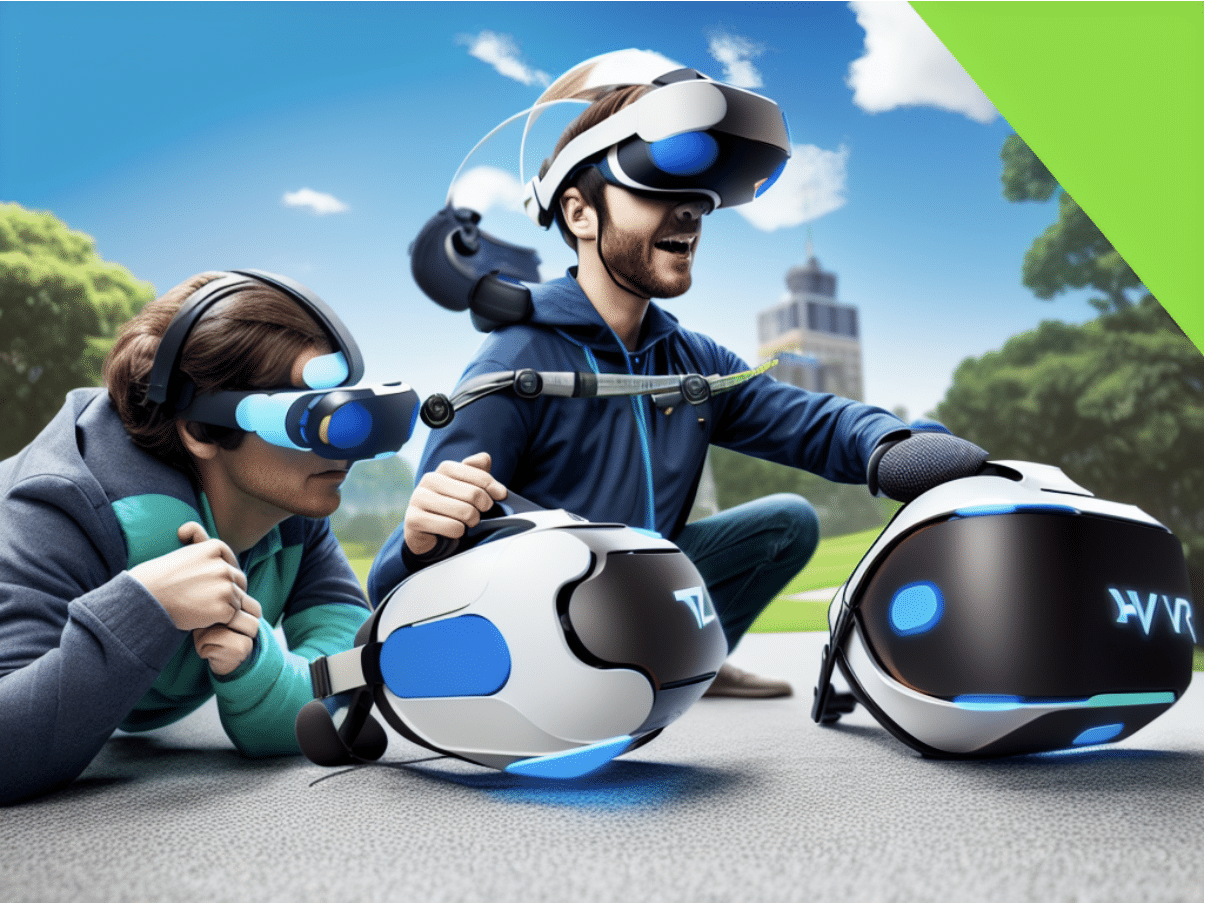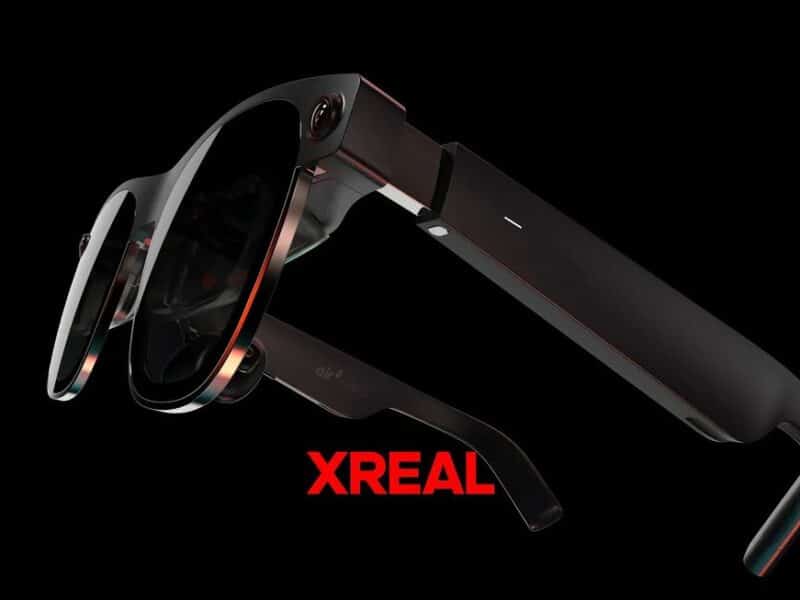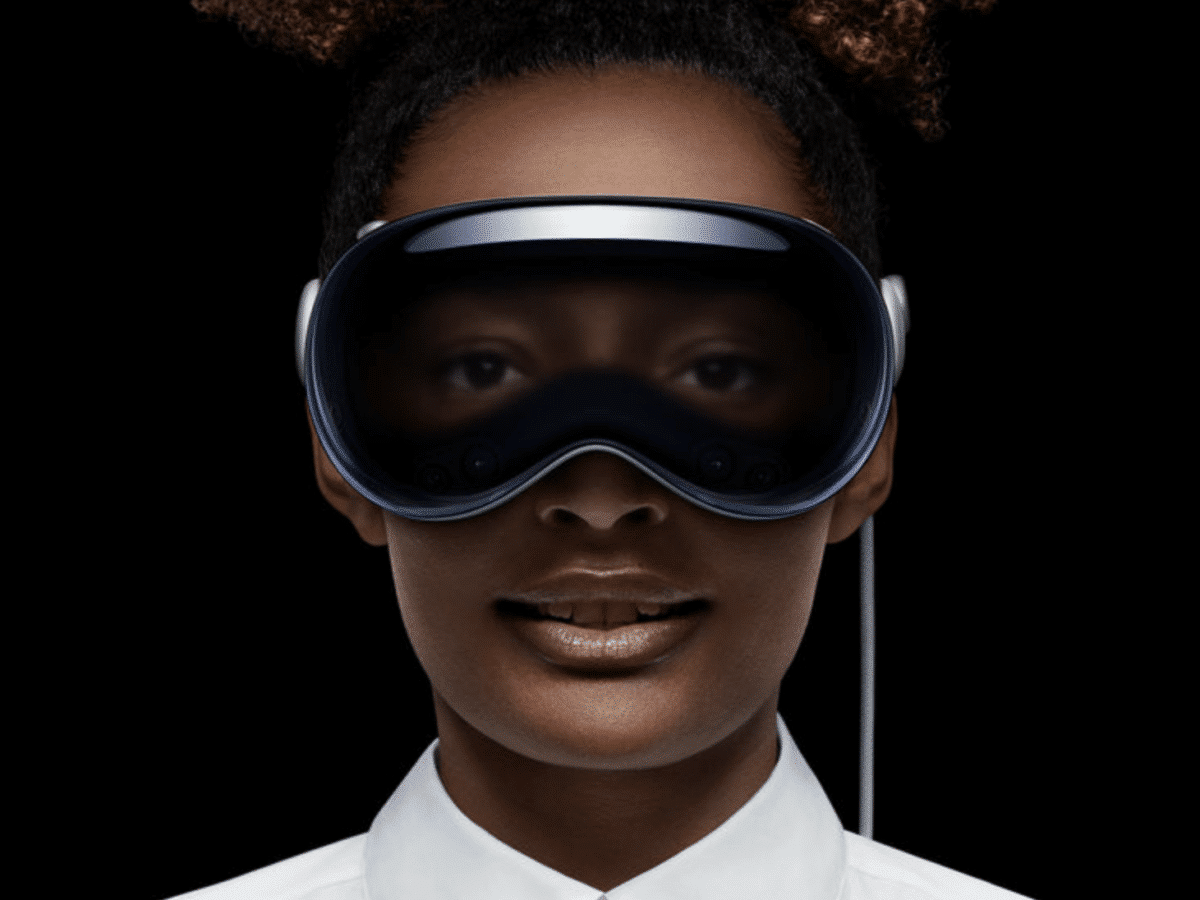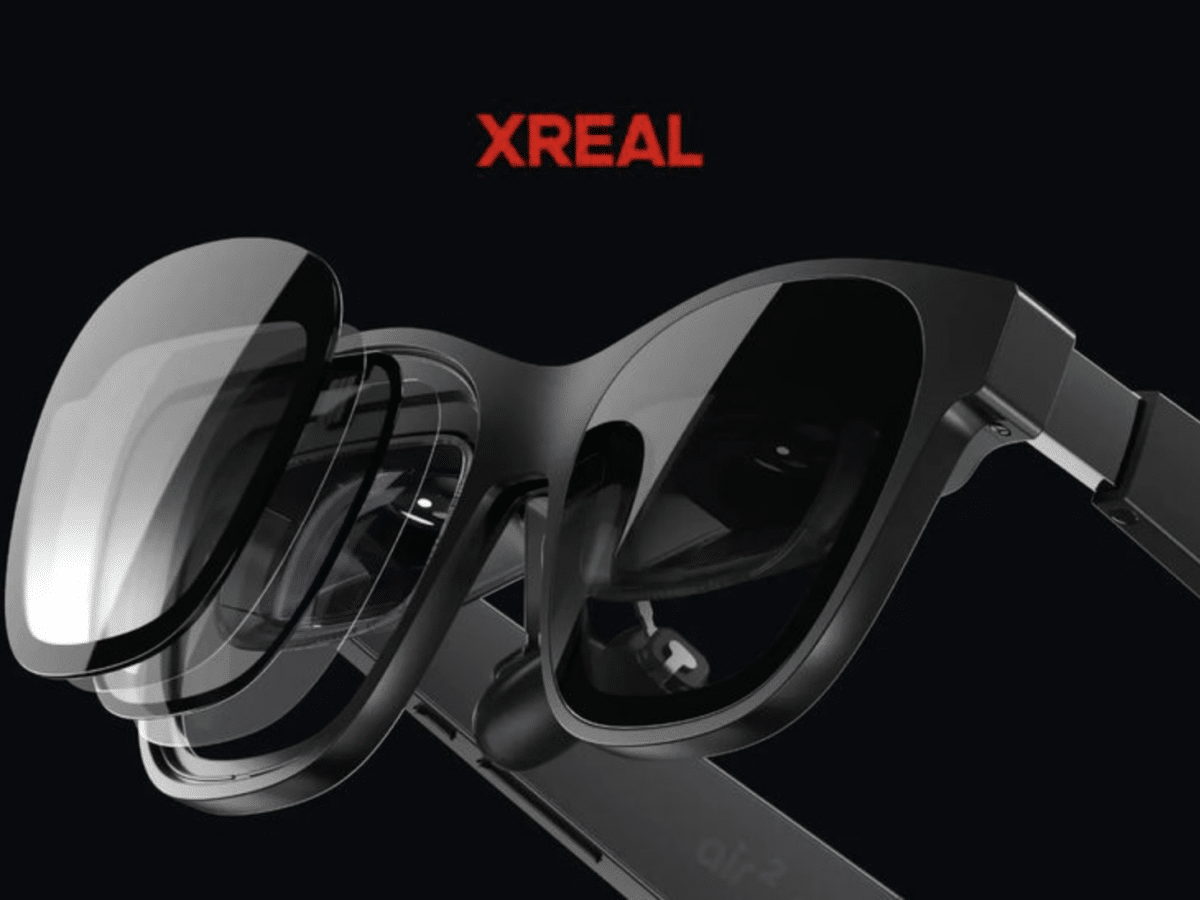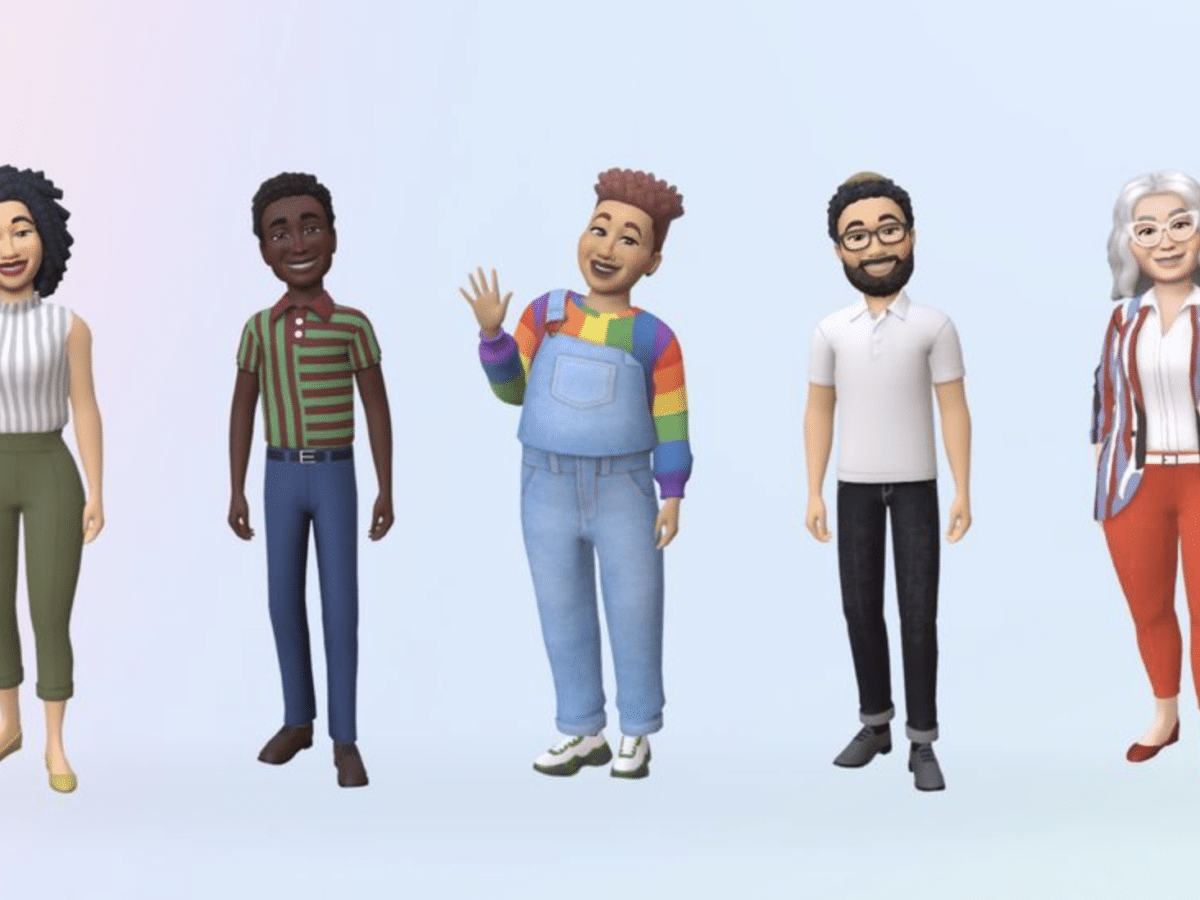From the days of arcades to this age of gaming consoles, it is evident that the gaming industry is intentional about technological development. The major additions are PSVR 2 and Quest 2.
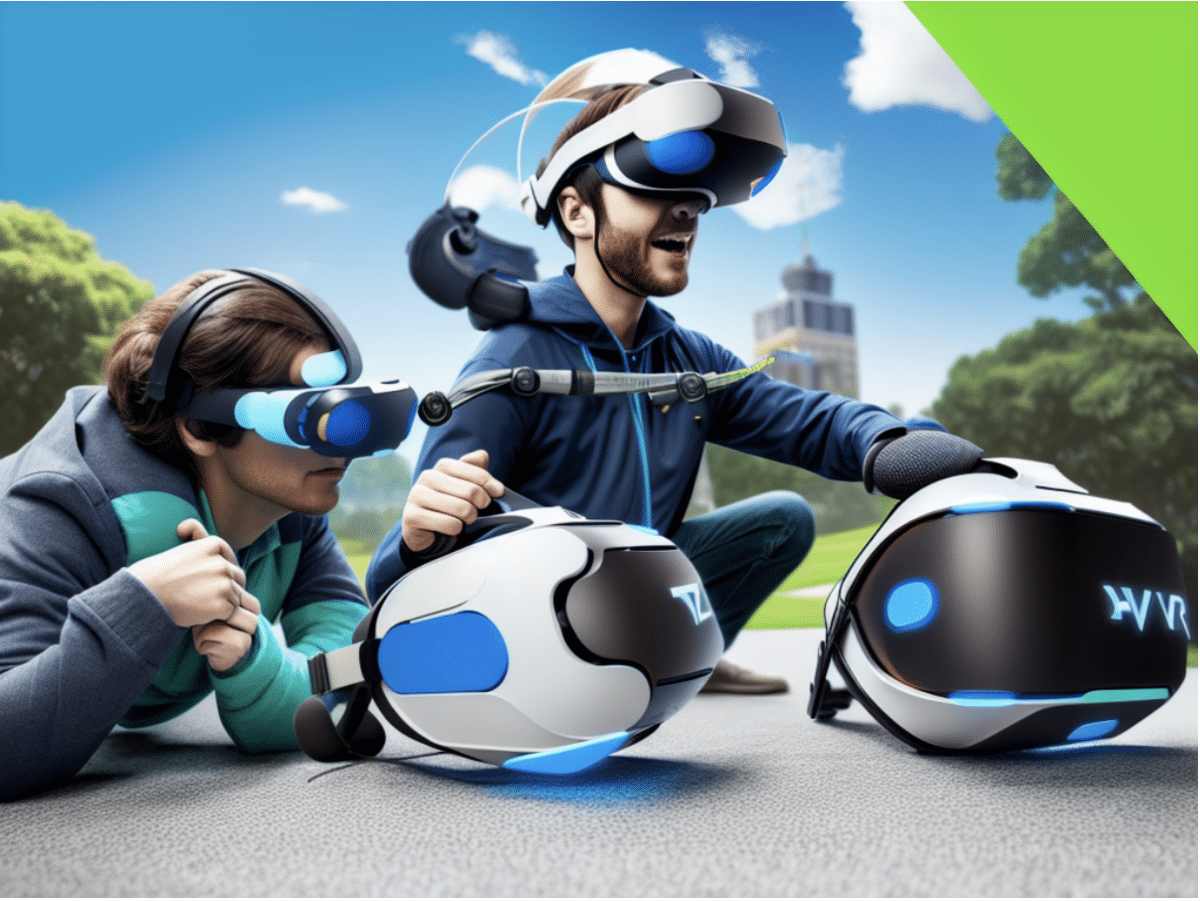
As with all gaming hardware, only specific hardware provides a top-notch gaming experience. Sony PlayStation VR 2 and Meta Quest 2 are the top contenders for the best gaming VR headsets. If you want to migrate into the virtual gaming world or improve your experience, you must have found yourself in a virtual dilemma choosing between these two.
In this article, we compare the features of PSRV II and Quest II devices to help you decide which is better for your gaming needs.
PSVR 2 vs. Quest 2: Field of View
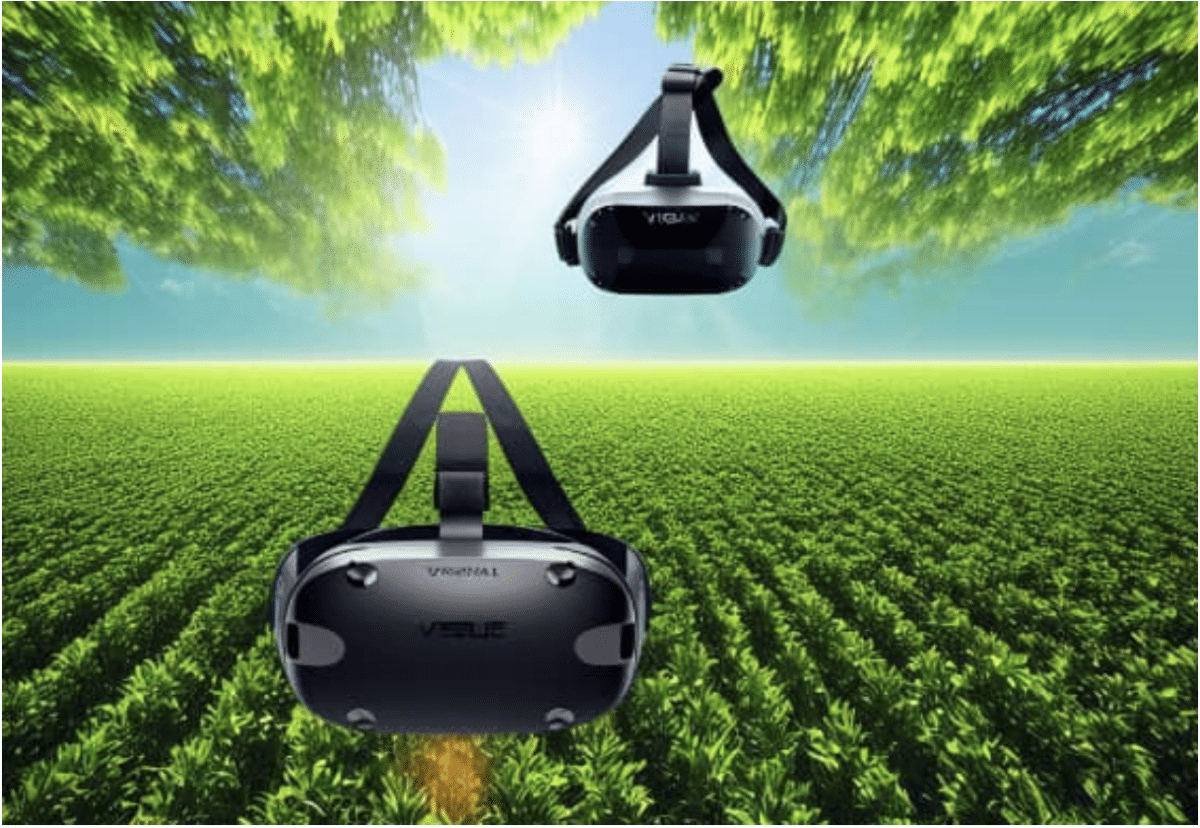
Field of View (FoV) refers to the extent of the user’s visual field visible through the VR headset. It measures the angle between the two furthest points of the player’s view. A high field of view means that users can see more of the virtual world around them, ensuring a more immersive gaming experience.
Since VR headsets aim to recreate the real world, a wider field of view helps achieve a more natural and realistic gaming experience, while a narrow field of view limits the player’s vision.
Individual games might get different FOVs for the same VR headset. The FOV of a headset can be affected by the following factor:
- Lens size
- Lens Positioning within the headset
- Lens magnification within the headset
- Wearing condition (whether the user is wearing glasses or not)
Since the FOV of a VR headset can vary from user to user, manufacturers always give an expected FOV for their headsets. The PlayStation VR’s FOV is approximately 1100, and Oculus Quest 2’s FOV ranges between 5 and 970. The human eye is the generally accepted yardstick for comparing all VR headsets. The human eye has a field of view of 1350, and the closer a headset’s FOV is to 1350, the better it is.
Matthew Schnipper states, “VR at its best shouldn’t replace real life, just modify it, giving us access to so much just out of reach physically….” PSVR 2’s higher FOV brings it closer to achieving this goal, making it the better option regarding fields of view.
Winner: PSVR 2
PSVR 2 vs. Quest 2: Audio
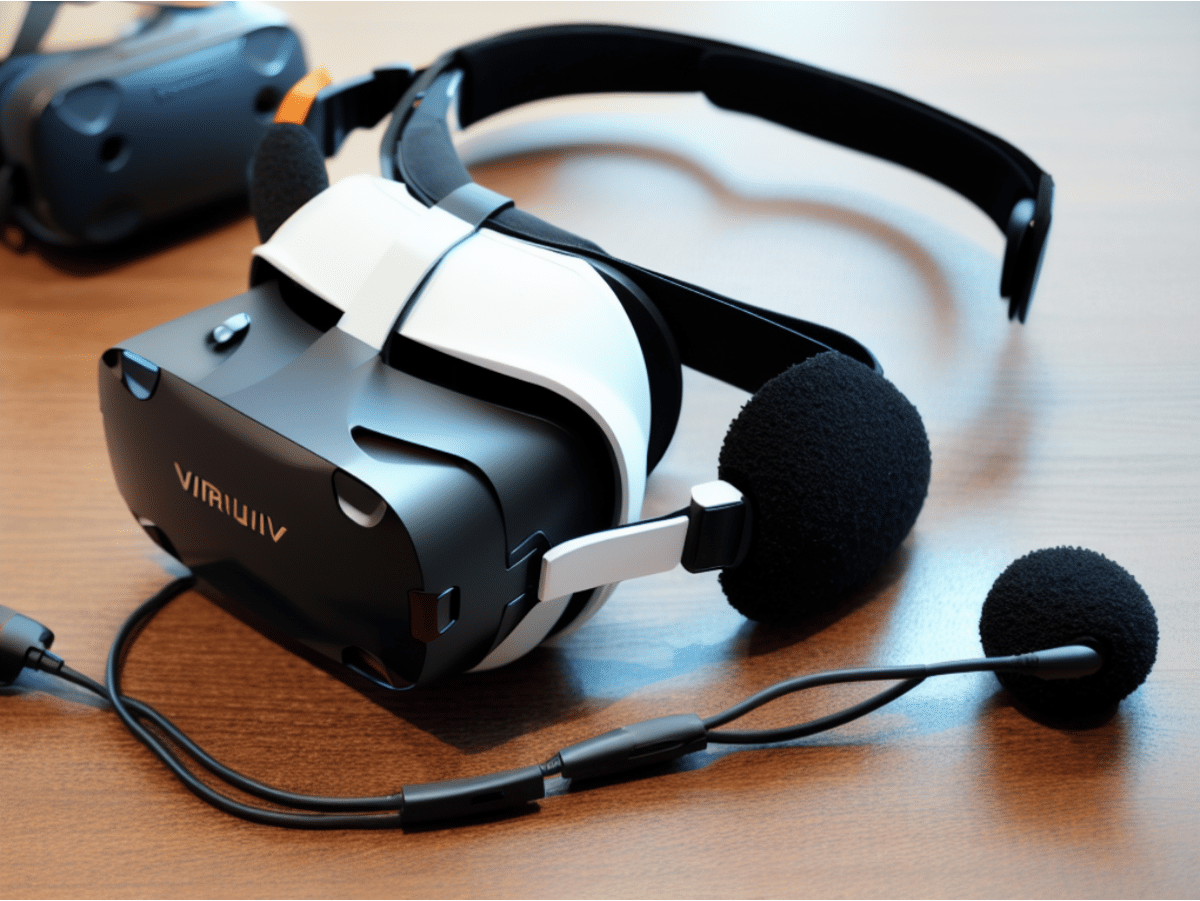
The overall audio performance of a VR headset depends on fundamental qualities like the audio output, Spatial Audio, Latency, noise cancellation, and others.
The PlayStation VR 2 relies on an external audio device for output, meaning you have to connect to the TV sound system, Sony’s wireless headset, or use the 3.5mm audio jack to connect to a wired head headphone. The lack of an audio output might be disappointing, considering that the last PSVR (released six years ago) did not have output audio.
Meta Quest 2 uses in-built speakers, so you won’t need any external device to enjoy your gameplay. However, you can also connect the headset to an external device using the 3.5mm jack or the USB-C port at the right side of the headset.
Both devices have spatial audio that allows you to receive sounds from the precise direction it is coming from, creating a realistic and immersive virtual reality gaming experience. Since VR headsets do not have volume buttons, you have to pause the game (if possible) or move to an area without action and adjust the game volume from the settings menu.
In short, the PSVR 2 provides better audio quality and lower latency than the Quest 2. The noise-cancellation earbuds also help you focus on the game and block external sounds, providing a more immersive experience. As compensation for the absence of ANC, Quest 2 headset has passive noise cancellation and helps you reduce high-frequency noise when you are wearing the headset.
Winner: PSVR 2
PSVR 2 vs. Quest 2: Eye-Tracking
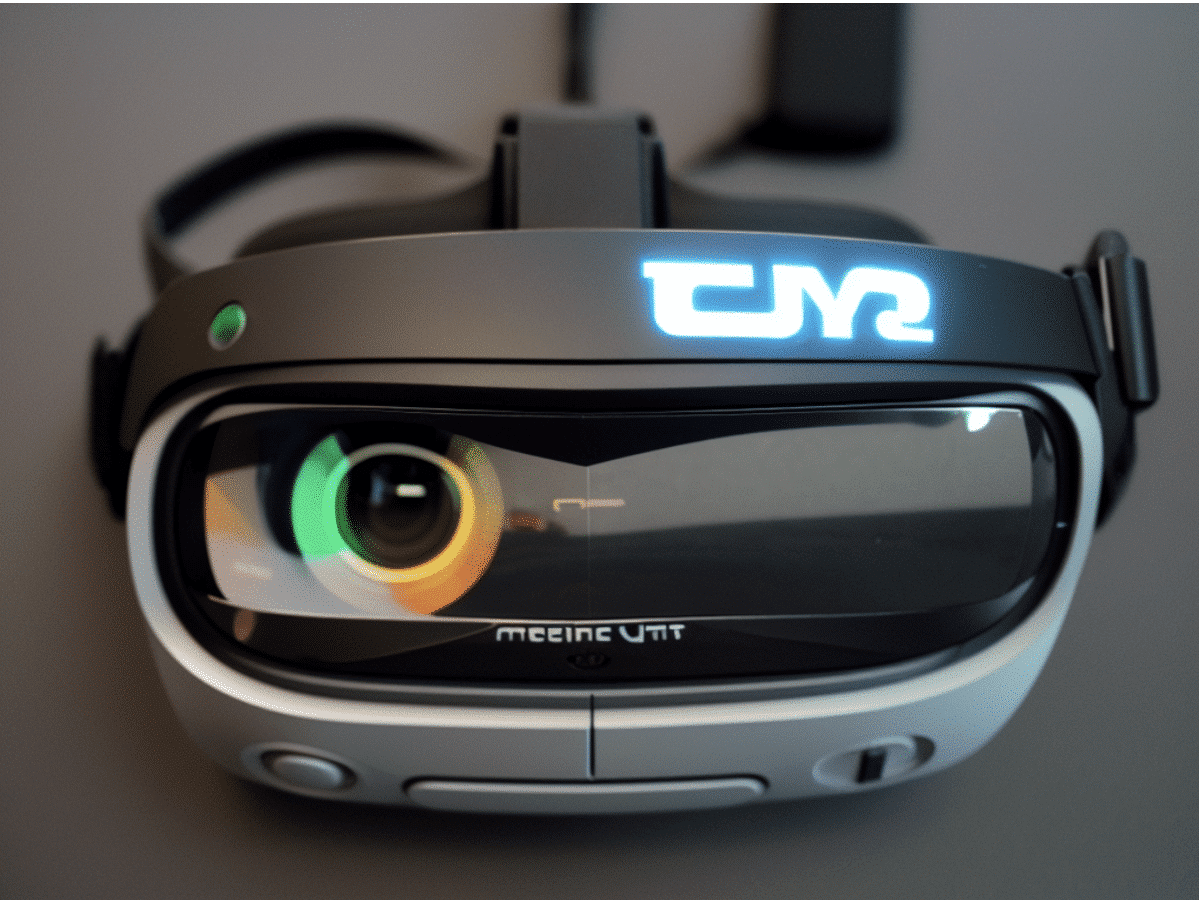
In the real world, our eyes are one of the body features we use to interact with our immediate environment. In virtual reality, engaging a user’s eyes to improve interaction with the virtual world is essential.
Hence, high-end VR headsets use the eye-tracking feature to follow the user’s eye movements and adjust the VR display accordingly. Players do not have to move their faces (or body) to interact with their environments. This helps improve the headset’s performance by reducing the processing power needed to render high-quality graphics.
PSVR 2 and Quest 2 both have eye-tracking features that make the game more immersive. You can look in a specific direction to increase the focus and blur other parts of the virtual environment. The eye-tracking feature can also select weapons, control game characters, and type on a keyboard.
One setback of this eye-tracking feature for both devices is our reflex behavior – blinking. Closing and opening your eyes activate specific commands in certain games. Since blinking is not an action we can consciously control, you might activate commands you don’t mean to when using this feature.
Winners: PSVR 2 and Quest 2
PSVR 2 vs. Quest 2: Haptic Sensors
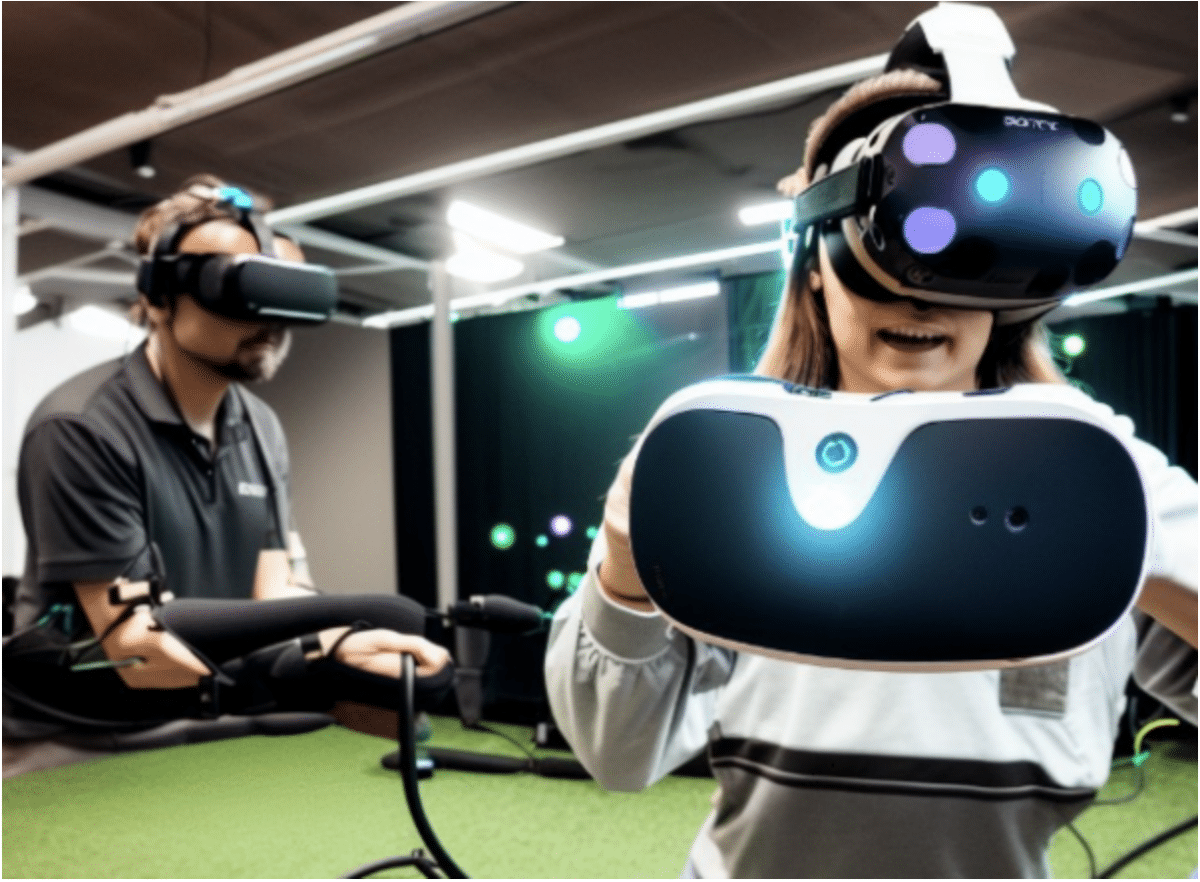
Haptic sensors existed before VR headsets. The PS 4 and 5 consoles use these sensors as a feedback mechanism for users when interacting with objects in the virtual world. These sensors simulate the virtual environment and send feedback to the user using vibrations, temperature, and pressure.
The PSVR 2 and Quest 2 controllers have haptic sensors, but the PSVR 2 has sensors in its headsets. The PSVR 2 haptic sensors also provide more advanced and precise feedback for users than Quest 2’s.
Ultimately, the level of immersion and emotions that PSVR 2’s haptic sensors add to the virtual gaming experience is second to none. If you are a perpetual gamer and don’t want to lose out on the adaptive triggers and intriguing virtual gaming experience, the PSVR 2 is a better option.
Winner: PSVR 2
PSVR 2 vs. Quest 2: Resolution
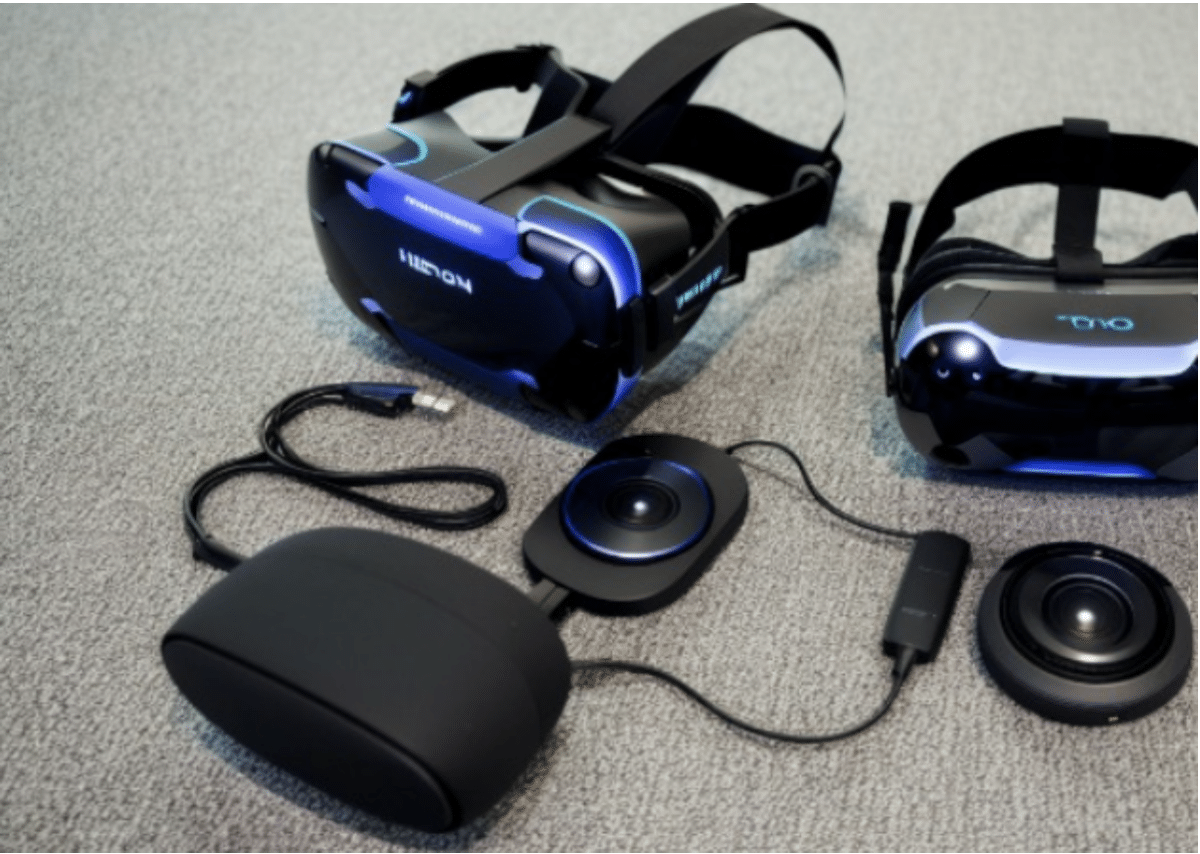
As a vision-centric software, video gamers rely on high-quality graphics to enjoy the gaming interface. However, the hardware gamers use to play a game can also affect the game’s graphics quality, so gamers prefer high-resolution consoles.
Resolution refers to the number of pixels on the screen of a VR headset. A higher resolution means that gamers will get sharper and more detailed graphics, ensuring a realistic and immersive virtual environment.
On the one hand, the PSVR 2 has a resolution of 2000 x 2040 per eye with a maximum panel refresh rate of 120Hz. On the other hand, Quest 2’s resolution is 1832 x 1920 per eye with a maximum refresh rate of 90Hz. The refresh rate refers to the number of times a hardware device can create new images within a second.
The display resolution and refresh rate of the PSVR 2 put it at an advantage over the Quest 2 headset, providing a better, immersive experience for users. This higher resolution and refresh rate also increase the headset’s processing power, and the benefit of this is evident in the VR’s overall performance.
Winner: PSVR 2
PSVR 2 vs. Quest 2: Design and Comfort
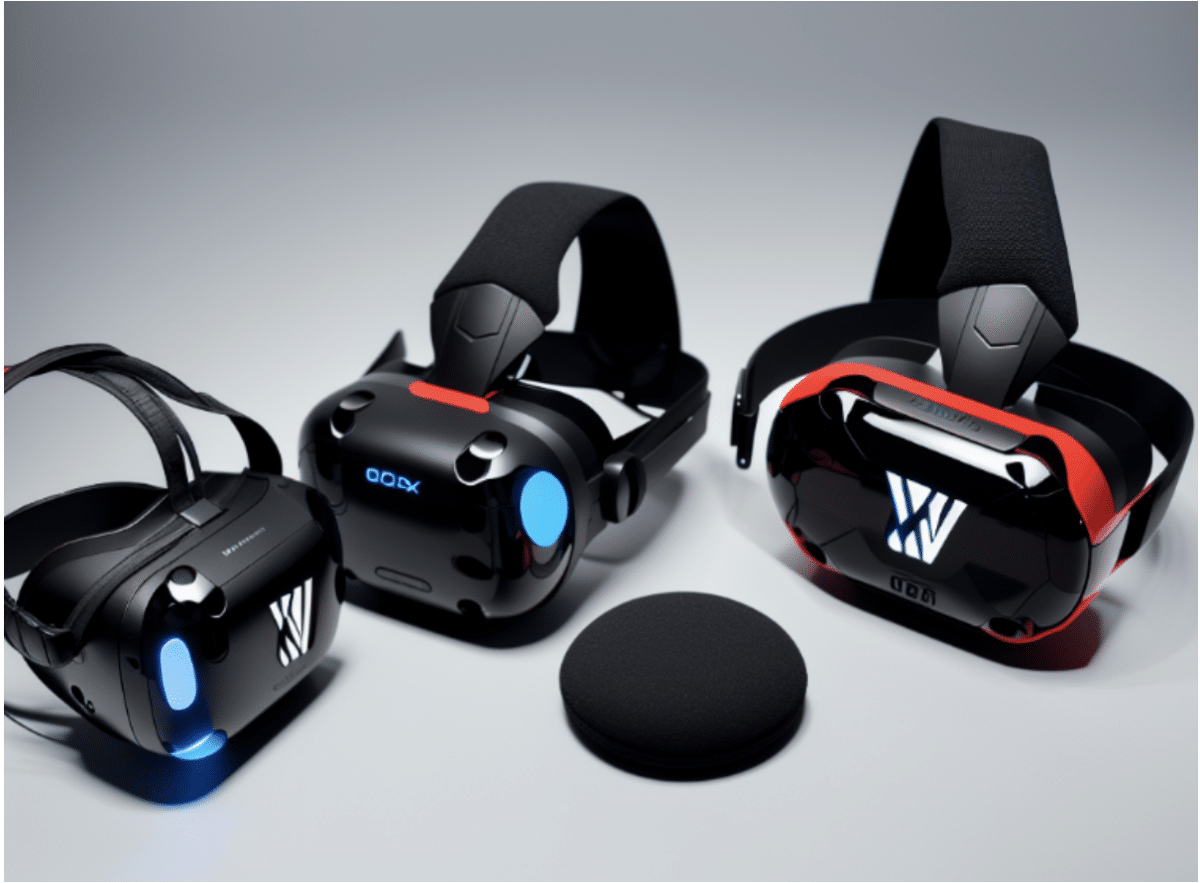
The functionality of a gaming hardware is just as necessary as its aesthetic value. Gamers spend time playing, and the comfort that a console provides during their period of gameplay also contributes to its overall rating.
For VR headsets and controllers, an ergonomic design with adjustable straps to fit different head sizes and make users more comfortable is a top priority. Also, since gamers will be wearing the headset over their head, the weight and balance must be optimal to avoid pain and discomfort while playing games.
The PSVR 2 headset wraps around your head with adjustable straps at the back, allowing you to fit your glasses into the headset without causing any discomfort. The PSVR 2 also has a velcro band at the side, making it easy to remove it quickly and allowing another gamer to wear it immediately.
The Quest 2 headset wraps around gamers’ heads, and the tightness might vary based on head size. Also, the headset tends to shift during intensive gameplay, affecting the overall gaming experience. However, the Quest 2 is completely wireless and does not need to be connected to an external device unless you want to play more graphics-intensive games.
Winner: PSVR 2
PSVR 2 vs. Quest 2: Price
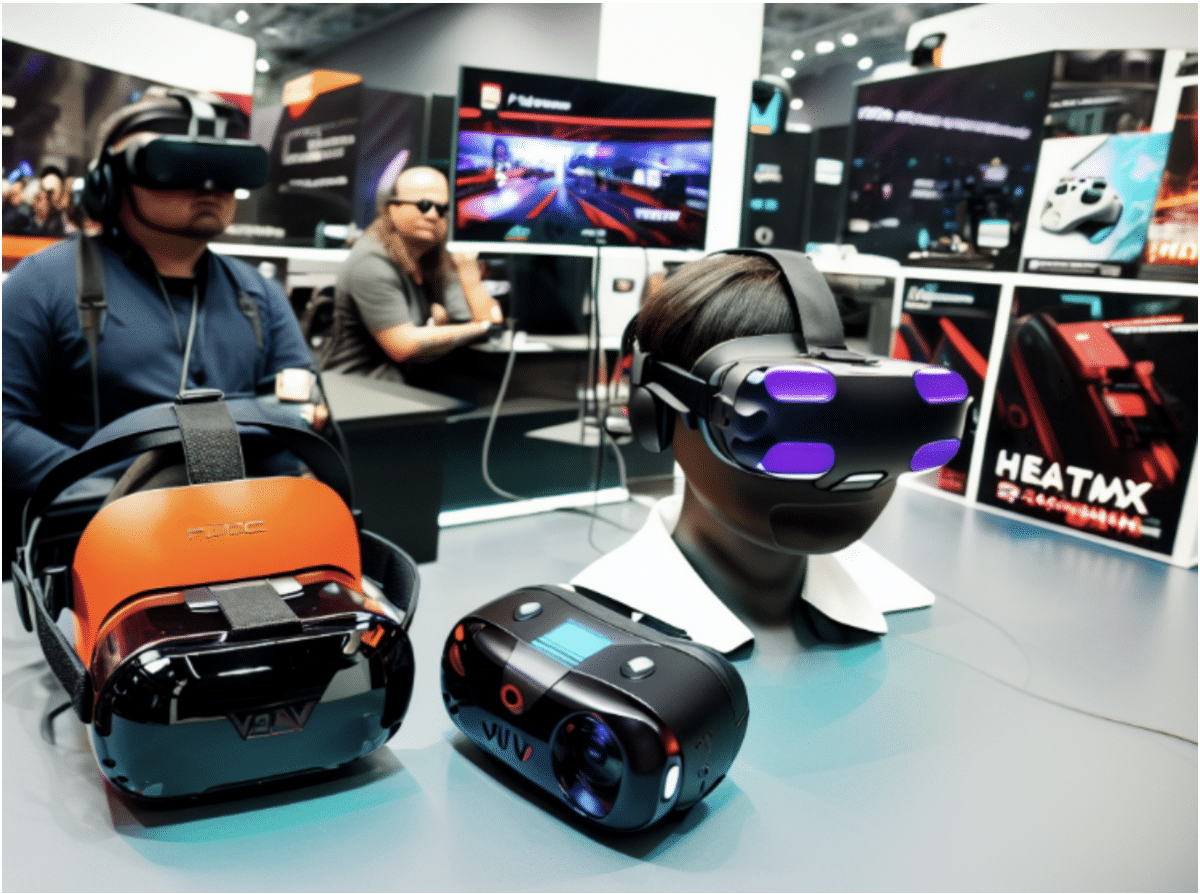
It goes without saying that price is an important factor to consider when making a buying decision. After comparing the features of the PSVR 2 and Quest 2, you must still compare their prices with your budget (if you have one). Since both headsets are high-end, their price tag might seem out of reach for some people.
The PSVR 2 sells for $529.99 on Sony’s PlayStation Direct store, making it more expensive than the PS5 console. You can also buy the Sense Controller Charging Station separately for $39.99. The headset is loaded with over 30 games (although you will have to download and install them), and Sony has assured customers that more games are under development.
You can buy the Quest 2 on Meta Store, which starts at $399.99. The box includes the VR headset, two touch controllers and AA batteries for power, a charging cable, a power adapter, Glasses Spacer for users that wear classes, and two free download games (Space Pirate Trainer DX and Golf+).
The PSVR 2 is significantly more expensive than the Quest 2, and this could be because it was released recently and there is high demand. Although Meta increased the price of its Oculus Quest 2 in August 2022, the headset remains affordable for VR gamers seeking a high-end headset.
Winner: Quest 2
PlayStation VR 2 vs. Meta Quest 2: Our Verdict
| Criteria | PSVR 2 | Quest 2 |
| Field of View | ✅ | |
| Audio | ✅ | |
| Eye-tracking | ✅ | ✅ |
| Haptic Sensors | ✅ | |
| Resolution | ✅ | |
| Design and Comfort | ✅ | |
| Price | ✅ | |
| Total | 5 | 1 |
Other than the fact that it’s newer, PSVR 2 has proven superior to the Quest 2 – from the field of view to the audio quality, resolution, and adaptive sensors. However, this margin does not make the Quest a write-off. The Quest 2 is a stand-alone, self-contained headset, meaning that unlike the PSVR 2, you do not need to tether to your PlayStation 5 to use the headset.
In a nutshell, the PSVR 2 provides more functionality than the Quest 2. However, owning the PSVR 2 is more expensive ($529.99) than the Quest 2 ($399.99), and you still need to use (or own) a PlayStation 5 to play a game on the PSVR 2. If you buy the PlayStation 5, you’ll still need to spend a couple of hundred dollars again.
So, if you don’t mind spending approximately $1,000 to set up the PSVR 2 or you already have a PlayStation 5 and your budget is within the PSVR 2 price, you will enjoy the functionalities of this headset. However, if you are on a budget or need a VR headset that you can use anywhere, the Quest 2 is perfect.
The PSVR 2 was launched less than a month ago, and the hype around it is high now. However, when the dust settles, the headset might become more affordable, and the competition between the two devices will become tougher. That time, gamers will have to consider what they truly want from the VR headset before choosing between them. But for now, the PSVR 2 is the better choice unless you are on a budget.

